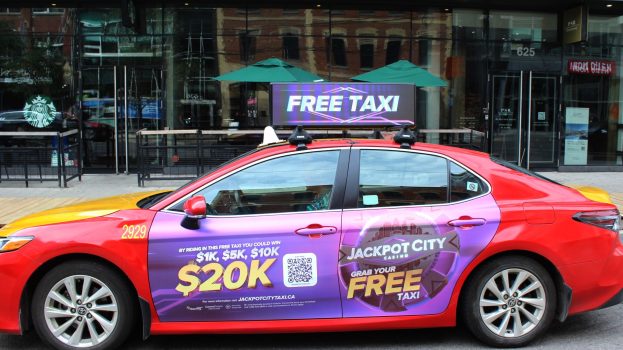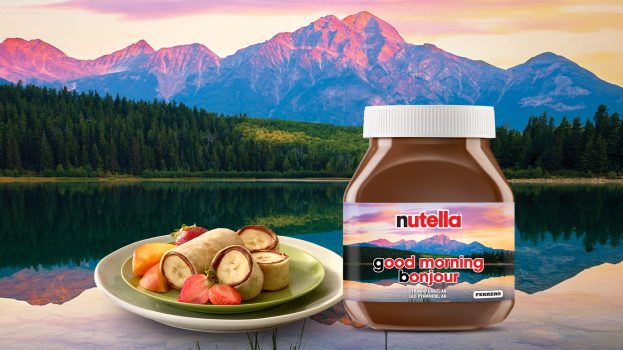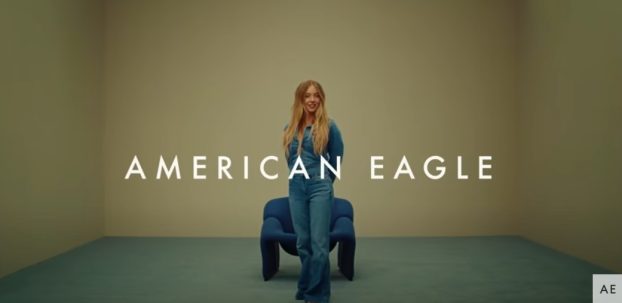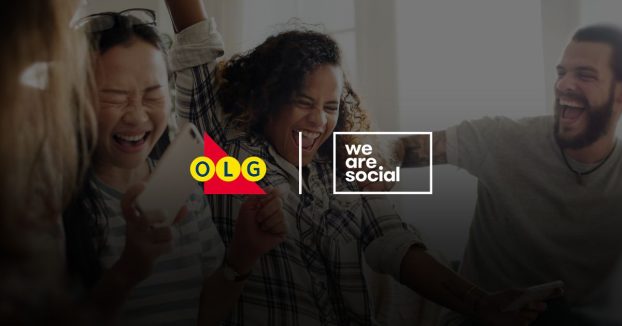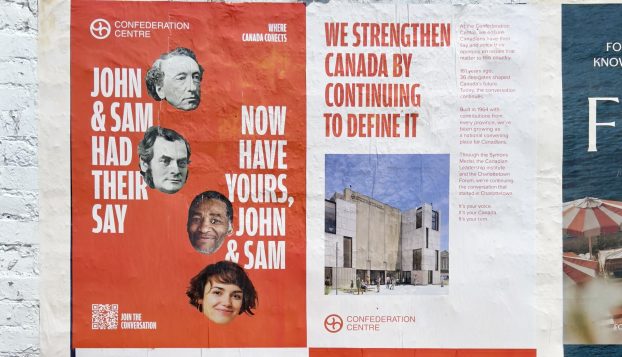The list of major brands vowing to pull spend from Facebook has expanded this week to include several Canadian companies.
The call to lessen support for Facebook is stemmed from the #stophateforprofit boycott, a civil rights movement led by advocacy groups such as the Anti-Defamation League and the NAACP. The boycott alleges that Facebook has not done enough to moderate or remove false news and racist or hateful content.
The coalition’s call went out to advertisers on June 17, asking them to boycott the platform during the month of July.
The first brands on board were mainly global or U.S.-headquartered companies, such as Unilever, Honda, Coca-Cola and others. The first Canadian brands to confirm they publicly supported the boycott included Arc’teryx, Lululemon, MEC and Moosehead Breweries. Scotiabank joined the boycott on Tuesday, with the remaining Big Five banks joining on Canada Day.
Moosehead, MEC and Arc’teryx have specified that they will not advertise on Facebook or its owned platform Instagram (with MEC adding that it will not post organic content on either, in addition to paid content), while Lululemon was less specific, stating that it “stands in solidarity” with the #stophateforprofit movement on Twitter. The banks said they will stop purchasing ads on the site for one month.
Scott Stewart, president at VMC Media, notes that this is not the first time major brands have called for a boycott of global platforms due to controversy. Facebook and YouTube have both come under scrutiny for a number of issues, from a lack of verified third-party data and content moderation to the 2018 Cambridge Analytical data scandal.
Stewart adds that a boycott can be effective in prompting change, although there are some things that the big digital giants might continue to come up short on because there is no clear alternative.
“We’ve heard broadcasters say for years [to brands], ‘Why are you buying Google and Facebook? We have all this content.’ Yes, but marketers are under pressure to validate, whether it’s to their procurement team or their organization, and they can easily say, ‘I get this from Facebook’… But does Facebook need to be more accountable? Yes. I’m glad to see brands are putting up their hands and saying that no platform is a ‘must-buy.’ These brands are essentially saying, ‘You’re not going to be a must-buy program unless you can do more to regulate.'”
For its part, Facebook issued a release on June 29 outlining some of its updates to make its systems more transparent. It says it’s looking at opening up its content moderation systems for a third-party audit. It will also evaluate its partner and content monetization policies, with a separate audit to be run by the Media Ratings Council.
It deferred to a company blog post, which did not mention the current boycott but outlined other current initiatives around transparency and brand safety. It stated, “We have work underway to address the major concerns expressed but acknowledge there is much more work to do.”
While boycotts can potentially prompt change, can brands survive without Facebook in their plans?
“Moving ad dollars is easy if you’re Unilever or Coca-Cola. When you’re dealing with national consumer goods, there are other ways to advertise and do it well,” says Stewart. “If you’re a local advertiser, or if you’re trying to reach people in a place like Walkerton or Amherstburg, there are fewer options.”
Sarah Ivey, CEO and founder of consultancy Agents of Necessity, adds that audience-based planning – which is seen as an increasingly useful tool in today’s fragmented media landscape, especially when it comes to reaching secondary and tertiary markets – is very difficult without Facebook. It’s not impossible, she says, but Facebook gives advertisers a huge leg up in understanding their targets.
“You can [engage in audience-based planning without Facebook], but it really depends on what the product or brand is,” she says. “It’s less dependent on which platforms you’re using, and more dependent on where you get your data.”
She says Facebook is valuable not just because of its reach, but because of the data and planning tools which it can provide. “Maybe if you’re using a huge platform like Epsilon for your data, you’ll be alright… but many brands rely on social platforms for this.”
Premium digital publishers are also in a position to make advancements as they move to paywalled models (or even free, login-mandatory models) and prep for life beyond third-party cookies. For example, sites like the Toronto Star and The Globe and Mail have the capability to create third-party identity graphs of users when they’ve logged in. In log-in environments, premium publishers can use adtech to turn that login into what is called a “people-based identifier” that buyer systems can recognized. While the data won’t be stored and the user won’t leave a trail of metaphorical cookie crumbs from site to site – a practice that will become essentially irrelevant by 2022 when Google phases out support for third-party cookies on Chrome – some say it could give premium publishers an edge.
Another key tool Facebook provides is attribution data. Ivey says that given the current economic slowdown, “spend is going to be scrutinized like never before.” Stewart adds that there are a number of current marketers and agency professionals who “grew up” having access to clear attribution data from Google and Facebook.
But they both add that this could present opportunities for other media platforms to showcase their increasing data and digital prowess. One example is Bell Media’s advanced TV buying platform, SAM. Originally conceived as a method for adding additional audience data onto buys, SAM was recently updated to include attribution data to better demonstrate the connection between ad exposure and purchases.
Ivey says this kind of update “was needed 10 years ago” and will almost certainly be welcomed by the ad industry with open arms. She adds that television is commonly known as a mass-reach, upper-funnel vehicle – in contrast to Facebook’s lower-funnel uses – but that attribution tools can prove that mass reach platforms do indeed drive lower-funnel activity. “[Television] has always been under-valued, and this kind of thing will get TV back on plans. The return on digital is proven for short-term thinking.”
A version of this story originally appeared on Media in Canada.


